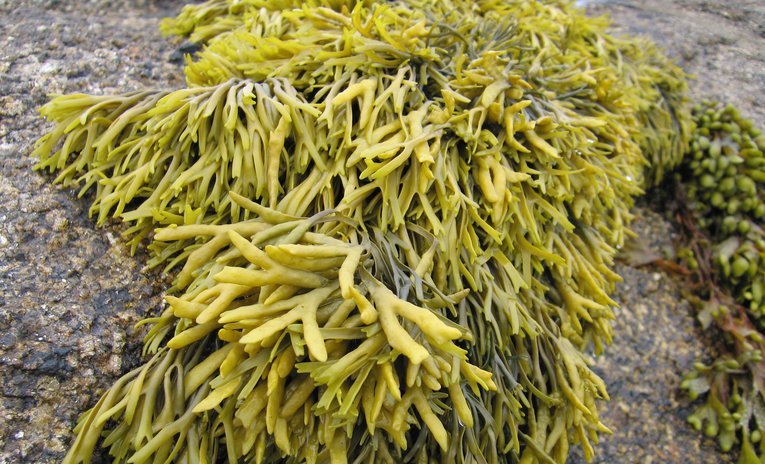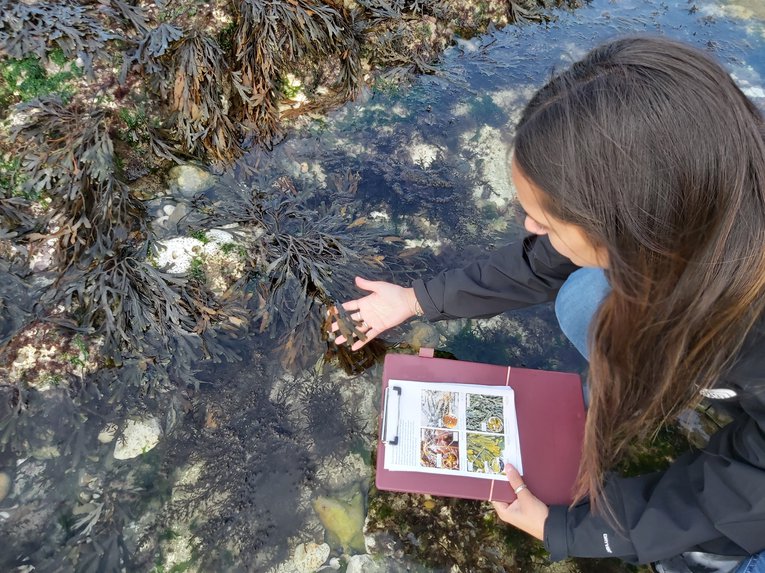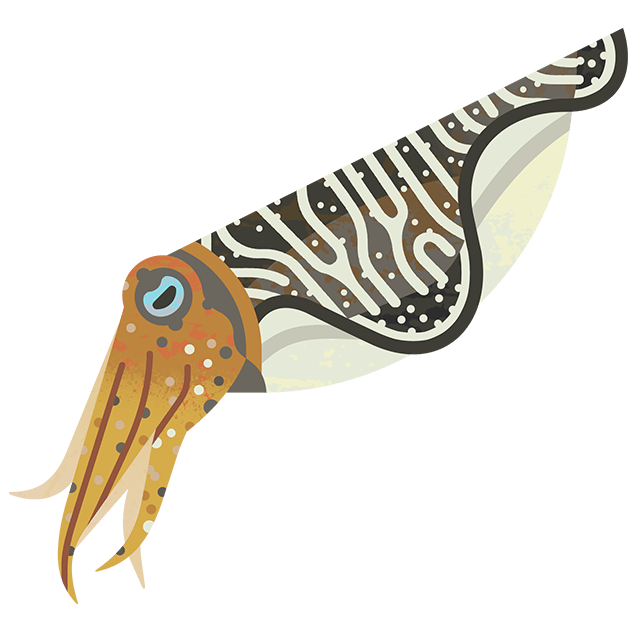
What is the Big Seaweed Search?
Every year, together with the Natural History Museum, we team up with people across the country to take a closer look at UK seaweeds. Whether you live by the sea or only visit every now and again, you can get involved in the Big Seaweed Search!
The wonderful world of seaweed
It may be a bit slippery and slimy, but seaweed is a real ocean superhero. Studying seaweeds can tell us a lot about wider ocean and environmental conditions.

Credit: Tom Corser
The British Isles are globally important for seaweed diversity, with over 650 species living around our shores. Seaweeds play a big part in ocean ecosystems and food chains, providing habitats and food for other animals.
Seaweeds can also produce more oxygen than forests on land, store blue carbon, and have unique properties that can be used to make cosmetics, fertilisers, medicines and biofuels. They even help manage the effects of climate change and protect our coasts from waves and storm damage.
It's really important for us to monitor seaweeds so we can better understand, protect and sustainably manage them for the future.
If you're interested in finding out more, you can buy a copy of Seaweeds of Britain and Ireland from our Seasearch shop.
The Big Seaweed Search
We're seeing changes in our ocean as a result of climate change. These changes can cause some seaweed species to move or change how they grow, as they adapt to shifting conditions in the water.
Using the data
We’re on the lookout for 14 different seaweed species found around the UK which indicate change. We use the data to investigate:
- Rising sea temperature – UK sea temperatures have risen 2°C in the past 40 years. Research suggests that cold water seaweeds are moving further north and the range of warm water species is expanding
- The arrival and spread of non-native species of seaweeds – Non-native species are those that wouldn’t normally be found in the UK. They've found their way to the UK, mostly due to human activity, and settled here. They can outcompete other native species for food, light or space
- Ocean acidification – The sea is becoming more acidic as it absorbs increasing amounts of carbon dioxide in our atmosphere. Lots of ocean species, like seaweeds, struggle to grow in these conditions
The Big Seaweed team
Professor Juliet Brodie

This project is funded by the Government's Green Recovery Challenge Fund. The fund was developed by Defra and its Arm's-Length Bodies. It is being delivered by The National Lottery Heritage Fund in partnership with Natural England, the Environment Agency and Forestry Commission.




